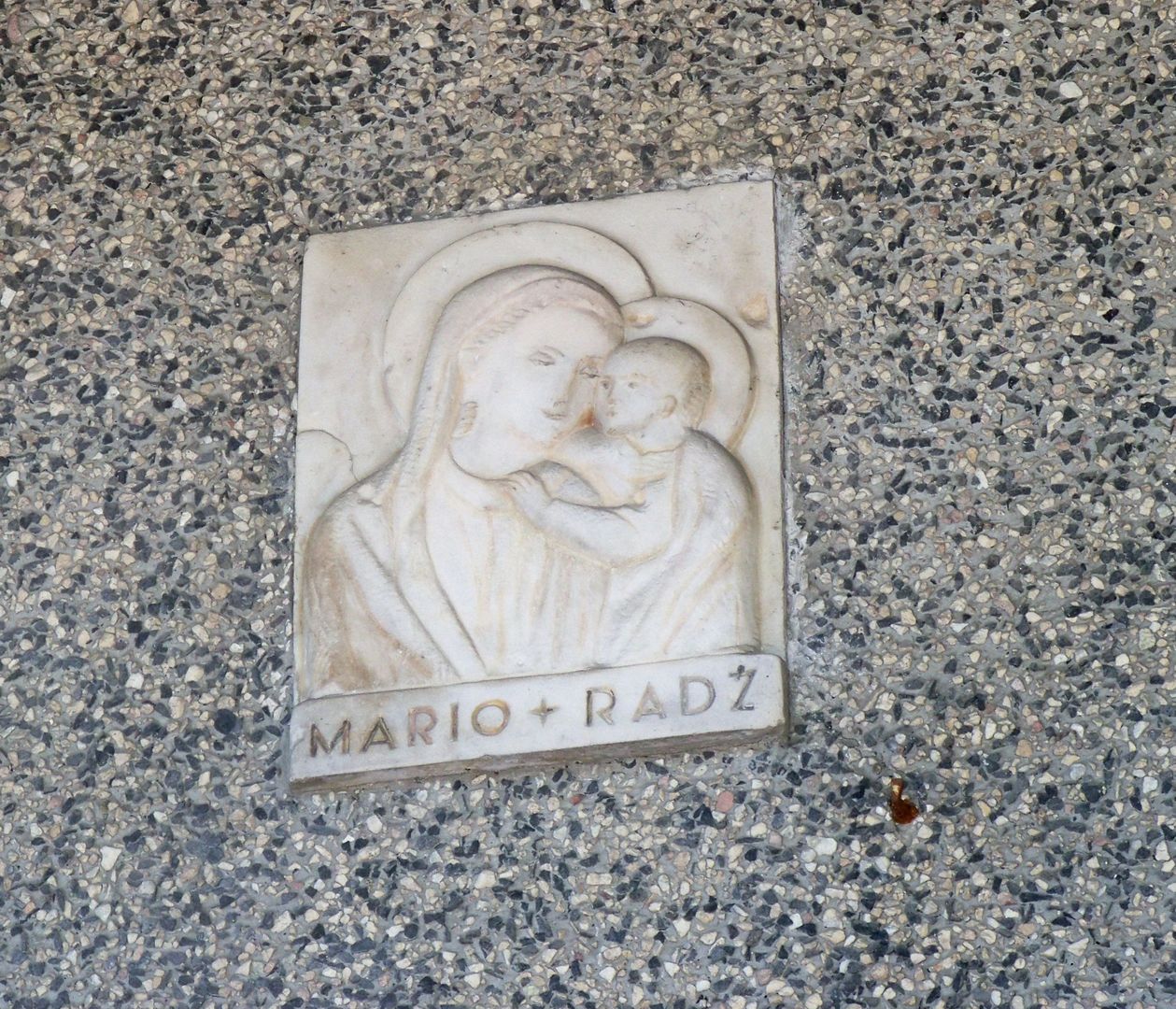The White House in Warsaw
6.03

Overview
The Grey House in Warsaw, officially known as the convent house of the Congregation of the Ursuline Sisters of the Agonizing Heart of Jesus, is located in the Powiśle district, between Wiślana, Dobra, and Gęsta streets. Its name dates back to the Warsaw Uprising, when the building, characterized by its gray façade, became a center for food distribution and clandestine activities, offering shelter to the local population. The history of the Ursuline Sisters' presence in Warsaw began in 1924, when Mother Ursula Ledóchowska took over a house on Sienna Street and initiated educational and caregiving activities. Thanks to a generous donation from the Biernacki family, a new building was constructed, with construction starting in 1930. The Grey House played a crucial role during World War II, operating soup kitchens for children and youth and providing aid to Jews. During the Warsaw Uprising, it served as a gathering point for scouts and rescue operations. After the war, the house was rebuilt, and the sisters implemented catechetical programs and social activities, despite challenges posed by the communist authorities. Interestingly, from 1955 to 1978, Karol Wojtyła, the future Pope John Paul II, lived here, and his room has been preserved unchanged. The Grey House has become an important site in Warsaw's history, associated with many remarkable figures, and features a chapel dedicated to the congregation's patron saint, housing a relic of St. Ursula Ledóchowska. Architecturally, the building stands out with its three-front, five-story reinforced concrete structure and a terrace, while its interior includes the chapel and the papal room. The Grey House is not only a historical landmark but also a vibrant center of cultural and social activities, inspired by the experience and mission of the Ursuline Sisters.
Location
Tickets
Powered by GetYourGuide
2025 Wizytor | All Rights Reserved